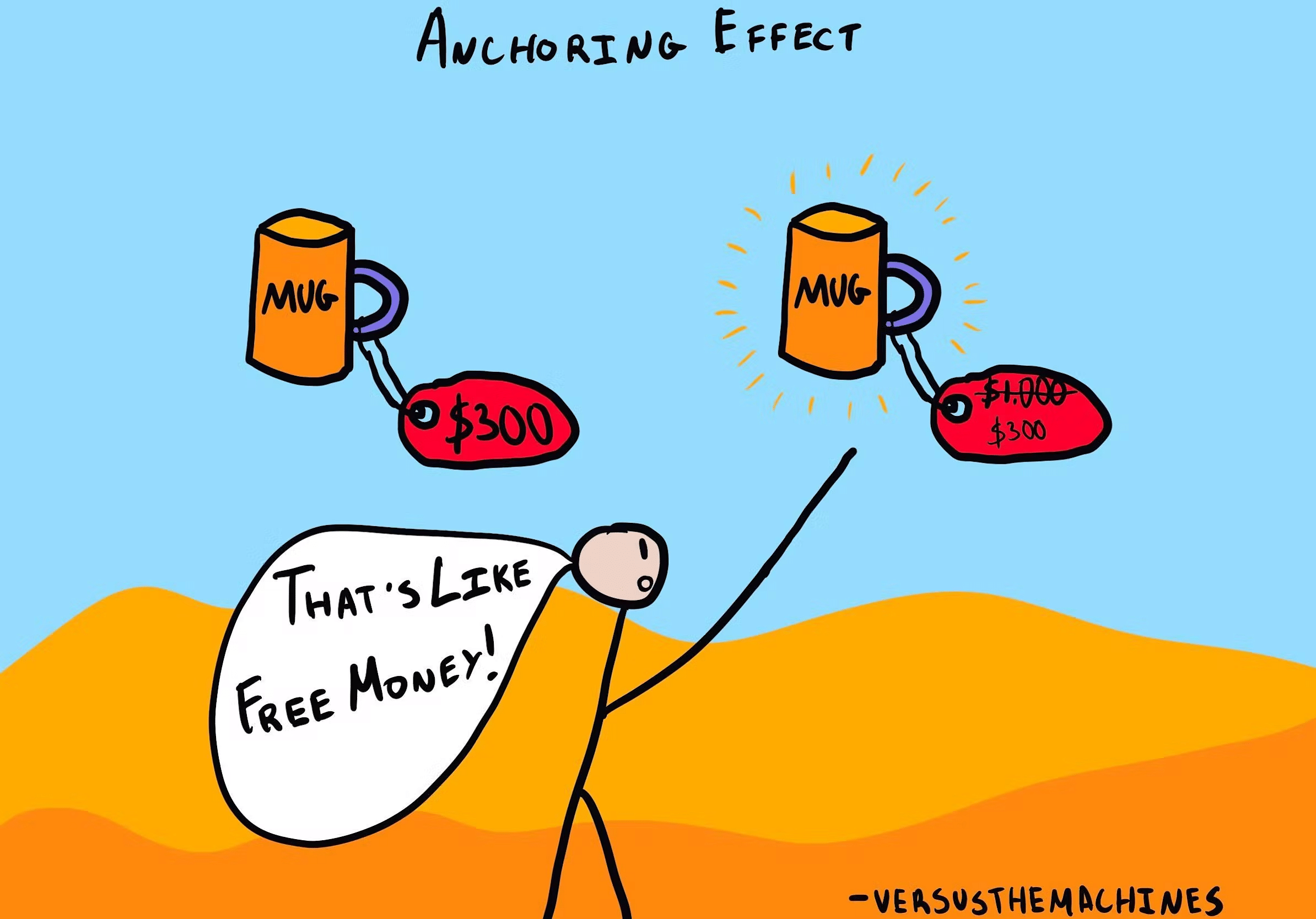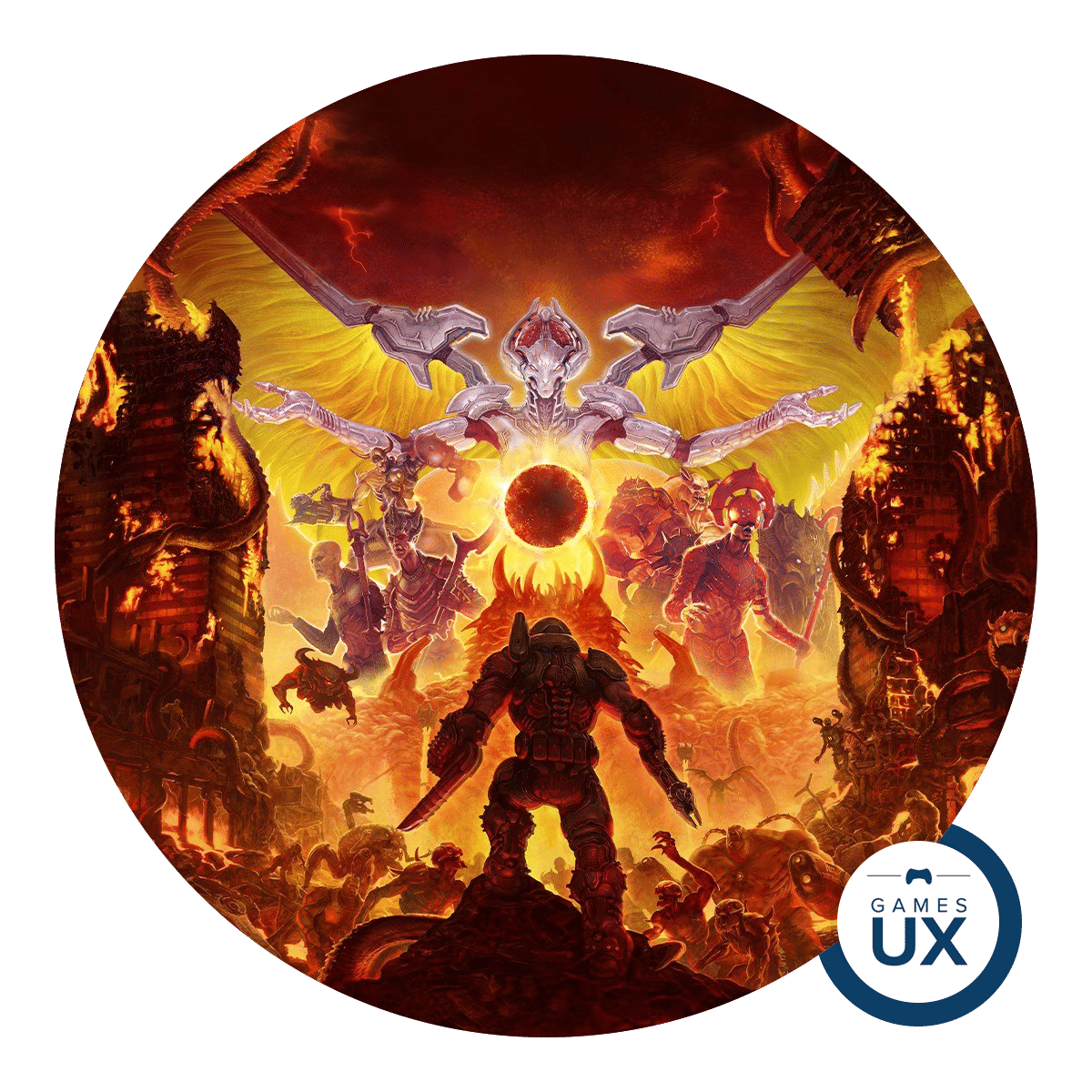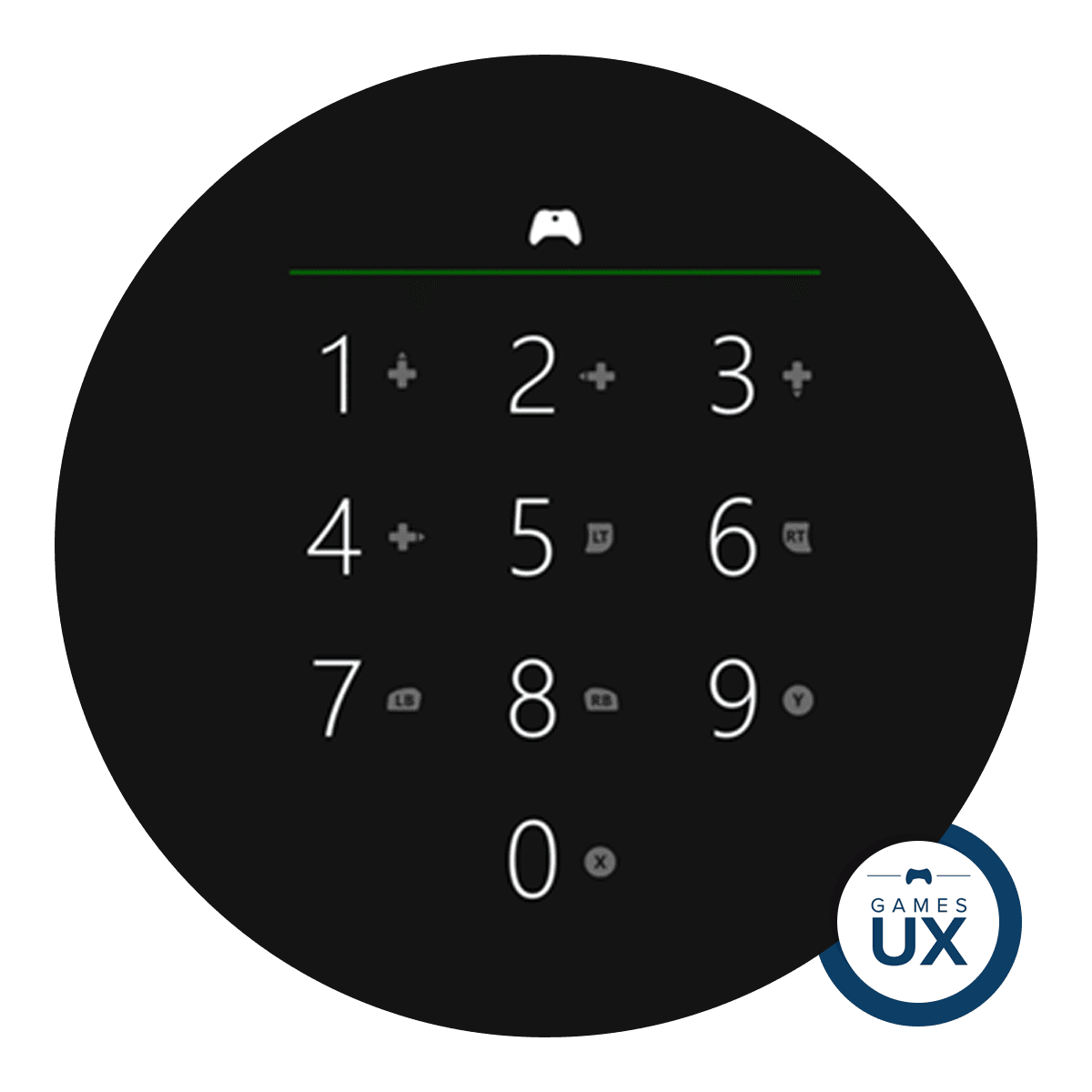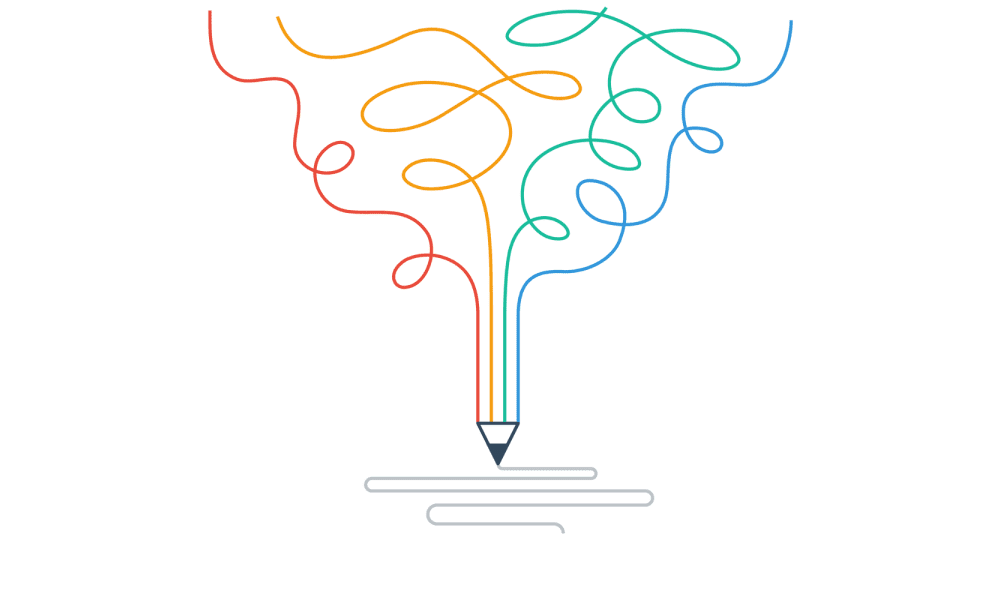Today’s companies employ techniques from psychology and neuroscience to increase engagement of their apps. Sometimes it can benefit users, and at other times, like with Instagram latest immersive feed, it preys on our paths of least resistance to suck us into their app longer.
Here’s an A-Z list of mechanisms that companies use to influence people's decision-making process:
Anchor effect
We are more likely to judge a situation based on recently received information about it. This is called "anchoring", basically when we know little about a situation and we are anchored in the first data we receive. A very common example is the price, when in the offers we see a high price crossed out and next to it the price with the discount. We "anchor" in the discount price and from there we look at the other prices as expensive/cheap depending on the first one. For example, we see that a necklace costs $50 and then we see some earrings at $29. Therefore, the price of the hoops will seem cheaper to you, this tendency to see the hoops cheaper is called the anchor effect.
Asymmetric dominance
We tend to make irrational purchase choices given the set of options presented to them. A common example is the popcorn in cinema, buy a small package of popcorn it costs $5 and the large package costs $10, the small package here has a high price to make us feel that we are buying better when buying the large one for only $5, this it also leads us to the fact that if we buy something bigger we have to consume something else to accompany it. Another relationship here is with the decoy effect and the aversion to extremes, we have a tendency to go for the middle option, which we can see in titles like “most chosen”, “recommended”, this avoids having to overthink and save energy, choosing only what they recommend.
Aversion to the only option
We tend to look for alternative options when only one option is offered to us, this causes us to somehow “postpone” the purchase or go to another site that offers us more options. This bias implies that a product is bought more if it is presented among several models. This effect is also related to the decoy effect shown here below.
Decoy effect
This technique is generally used by introducing a third product, a "decoy" product that is better or more expensive than the others. With this technique, consumers choose the desired alternative between the two initial products. For example Apple usually launches three variants in its iPhone series and it keeps the price of the most expensive variant quite close to the next variant.

Drag effect
The drag effect is the tendency to buy the winning products, it means wanting to be with the best. For example, when our favorite soccer player uses a brand, we tend to buy the same brand.
Endowment effect
The endowment effect means that if an object belongs to us, acquires an emotional meaning, then the economic value that we assign to it is greater. In marketing it is used a lot with "trial periods" or when we make purchases online, in some sense having the images in our hands pre-conditions the mind to "we already have it", therefore we give it a higher value.

Goggle effect
This effect refers to the stimulation of the user's brain reward system, when we present a certain product. Basically, certain stimuli are presented just before the decision is made. The most common example is when you enter a store and they give you sweets, coffee, etc. It is the attempt to create a pleasant context so that the product is valued positively.
Halo effect
This effect refers to the cognitive errors that we make when we value a person that we do not know very well: we extend a single characteristic to everything that has to do with the individual (it could be said that we 'idealize' it). In marketing it is replicated, the attractiveness of a person is transmitted to the quality of a product. This is easily seen today with influencers supporting a brand. For example, let's take as an example that we like Leo Messi, if Leo uses Adidas, he is indirectly saying that supports such a brand. After a championship he will give an explicit endorsement to the product of how he helped him, the characteristics, etc. So the feelings that Messi's followers have towards him will be transferred to the product in question.
Herd effect
With this effect, people adopt ideas or behaviors only because a majority of people do, even if they do not share reasoning. Basically our thinking is, if so many have made this decision, so many people can't be that wrong.
An easy example is Netflix when it puts the scores of the movies, in Booking or Tripadvisor when we want to rent a hotel it can be easily seen with the titles "Very requested" "Booked today 89 times", "Fabulous 10.0".

Hyperbolic discount
It is the preference for a smaller reward, but quickly, rather than a larger reward, but after a longer time. It's all about instant gratification. For example, free trials and paying for them after the first month.
IKEA effect
This effect occurs when people place a very high value on products that they have helped to create, manufacture or customize. This happens with websites or games where we can customize our profiles/characters. In Trello, for example, you can put your avatar, customize your boards, tasks, etc. With this, the user generates a feeling of belonging and engagement with the service/product.

Lost effect
Humans by nature, we do not want to lose. The pain we feel when we lose something is greater than the joy when we win, even if it is the same amount of money. For this reason, phrases such as “limited edition”, “last in stock”, etc. are used in marketing. The brain re-enters this cognitive shortcut, bypasses the loss zone, and wants the product. The clearest example is sales.
Mere exposure effect
The more we expose ourselves to a situation or message, the more we tend to trust it. Thus it is part of our mental world and we go to it mechanically when we go to a similar context. A clear example of this is advertising that conditions us to see it and then when we see the brand it begins to seem "familiar".

Naming Effect
This effect indicates that it is easier for us to spend if the amount is set in small amounts. For example, when we see that we can pay for a service in installments, small numbers appear and not the total amount for the year. Many sites like Airbnb use this by putting the price per night and not the price of the total stay.
Pygmalion effect
It is a pre-conditioning that we have before certain difficulties. For example, when we think we are incapable of doing something, we are preconditioning ourselves to be incapable in that situation. So our actions will be conditioned.
For example, Burger king in quarantine made an advertising campaign to make your own hamburger: "Le Whopper de la Quarantine", the brand shared the recipe for some of its hamburgers so that people can recreate them at home. This creates the expectation that you can replicate it.
Reciprocity effect
This happens when someone gives us something, in terms of donation, gift, etc., we feel internally obligated to respond with another concession on our part. If someone makes a concession to us, we are internally obliged to respond with another concession on our part. For example certain games that allow us to play it for free which adds value and deepens the relationship with the user, making us "hook" and then we have to pay to change weapons, clothes, have extra lives, etc. Another example is Duolingo, which allows us to learn any language without registering but to save the progress it asks us to have an account.
Scarcity effect
Here the scarcity or limited availability of a product produces the desire to obtain what is "scarce". For example, sites like Booking with the phrases "last places" "only three rooms at this price" or the typical phrase "limited edition".
Status quo bias
The status quo refers to the state of things at a given moment, many times there is talk of breaking with it when something new arises. In this case, this bias has to do with avoiding change, for example an iPhone user will tend to judge and denote how difficult it is to switch to an Android cell phone, even though they are similar in some ways.
The experience
Increasingly, brands are striving to influence the customer's perception of the brand, this is because the more positive it is, the more likely it is that the customer will buy there again. This happens because we use our past experiences before making purchase decisions.
Zero cost
Whenever we have to make a decision there are points for and points against each option, but when the cost is zero (free) the points against disappear. This can be seen when some products are sold alone and others are sold with a free accompaniment, for example perfumes when they come with the free small perfume, clearly these are going to have more sales than the other.
Cognitive bias and product design
Cognitive biases basically simplify the user's decision-making process, reducing cognitive effort, which is why we use them as "shortcuts" (they prevent us from thinking).
Haselton, Nettle, & Andrews (2005) define cognitive biases as cases in which human cognition reliably produces representations that are systematically distorted compared to some aspect of objective reality. In other words, we can understand a cognitive bias as a way of processing information, often unconsciously, that does not respond to logical reasoning.
In psychological terms, this process ultimately damages our ability to think reflectively about the product and favors quick reaction. Let's also keep in mind that the less time we have to decide, the less reflective capacity we have, therefore, the more emotional and impressionable we become.
For that it's important to know all these "shortcuts" that the brain takes and how we behave in situations of loss, with which we have little time, etc.
In short, it is important to know ourselves so that we can make rational choices.
You have to be informed: the only way to defend ourselves is to have knowledge and make decisions in time. The advice: never buy on the go” informs Pedro Bermejo, neurologist and president of the Spanish Association of Neuroeconomics (ASOCENE).
Although these techniques are used from "Neuromarketing" and have to do with our own cognitive biases, it is also evident that companies use them disproportionately. Manipulating situations in which users have little time, somehow "exaggerating" the messages and limitations of the products. Therefore, taking these techniques into account will provide us with more knowledge in our purchasing process.
Further reading:
https://link.springer.com/chapter/10.1007/978-3-319-64400-4_8


 Buy me a coffee
Buy me a coffee



